Agarwood is a dark resinous wood that is produced by Aquilaria trees when they are infected by a mold. It is one of the most precious and rare natural materials in the world, and it has been used for centuries as an incense or perfume ingredient, as well as for medicinal, religious, and cultural purposes. Agarwood has various names and synonyms in different languages and cultures, such as oud, aloeswood, eaglewood, gaharu, jinko, chen xiang, and many more. In this article, we will describe what is agarwood and compare four popular types of agarwood in the world. We will explore their features, values, origins, products, and differences.
I. What is Agarwood?
Agarwood is a product obtained from the aquilaria tree’s wounds. Under the influence of physics and biology, aquilaria trees appear to have wounds on their trunks. The tree continually secretes fragrant resins. It significant amounts of essential oils from such wounds. Agarwood grew from the wound over time. They contain large quantities of essential oils, have a mild aroma, and a spicy, warm flavor.
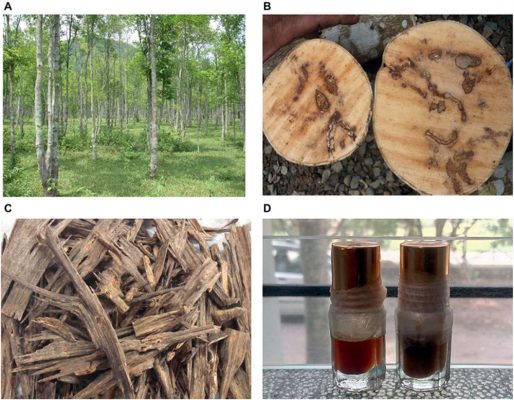
The agarwood tree is actually a type of aromatic wood found on the trunks of Agarwood trees. The majority of Agarwood-producing trees are members of the genus Aquilaria, which can be found in South China, Vietnam, Cambodia, Laos, Malaysia, Thailand, Burma, India, and Indonesia.
Agarwood can be found in the evergreen tropical damp primeval woods of South China, Vietnam, Cambodia, Laos, Malaysia, Thailand, Burma, India, and Indonesia. In Vietnam, agarwood tree grows scattered in provinces such as Thanh Hoa, Tuyen Quang, Ha Tinh, Nghe An and provinces from Quang Binh to the south to Phu Quoc island. The quality of Vietnamese agarwood has long been evaluated as the top quality agarwood.
II. What is Agarwood tree – Origin of natural Agarwood
Natural Agarwood is formed from the Do Bau tree, which is the change of wood particles due to the impact of the environment or some fungi, the process of forming over many years. Agarwood is often found in diseased trees after 10-15 years or longer. Diseased plants have yellow leaves and become smaller, the trunk has many tumors, and red-brown spots appear. The wood becomes a stone-like luster with wrinkles like the wings of an eagle, which are trees with agarwood.
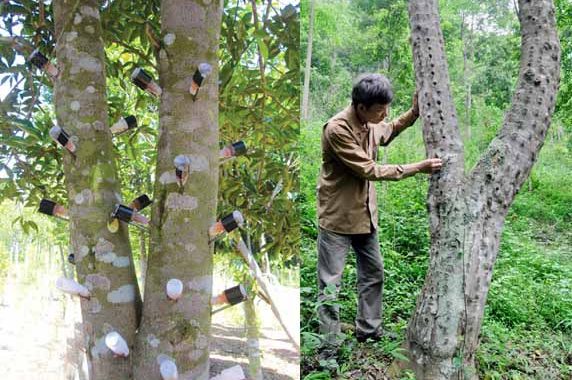
III. How can agarwood trees develop resinous heartwood?
Firstly, when agarwood trees experience certain stressors, such as fungal infections or physical injuries, they initiate a natural defense mechanism. This triggers the production of resin in the core of the tree, known as the heartwood. The resin acts as a protective barrier against the perceived threat.
As the resin accumulates, it gradually transforms into the prized resinous heartwood. This transformation is a complex chemical process involving the release of various aromatic compounds. These compounds give agarwood its distinct and captivating fragrance, often described as woody, earthy, and slightly sweet.
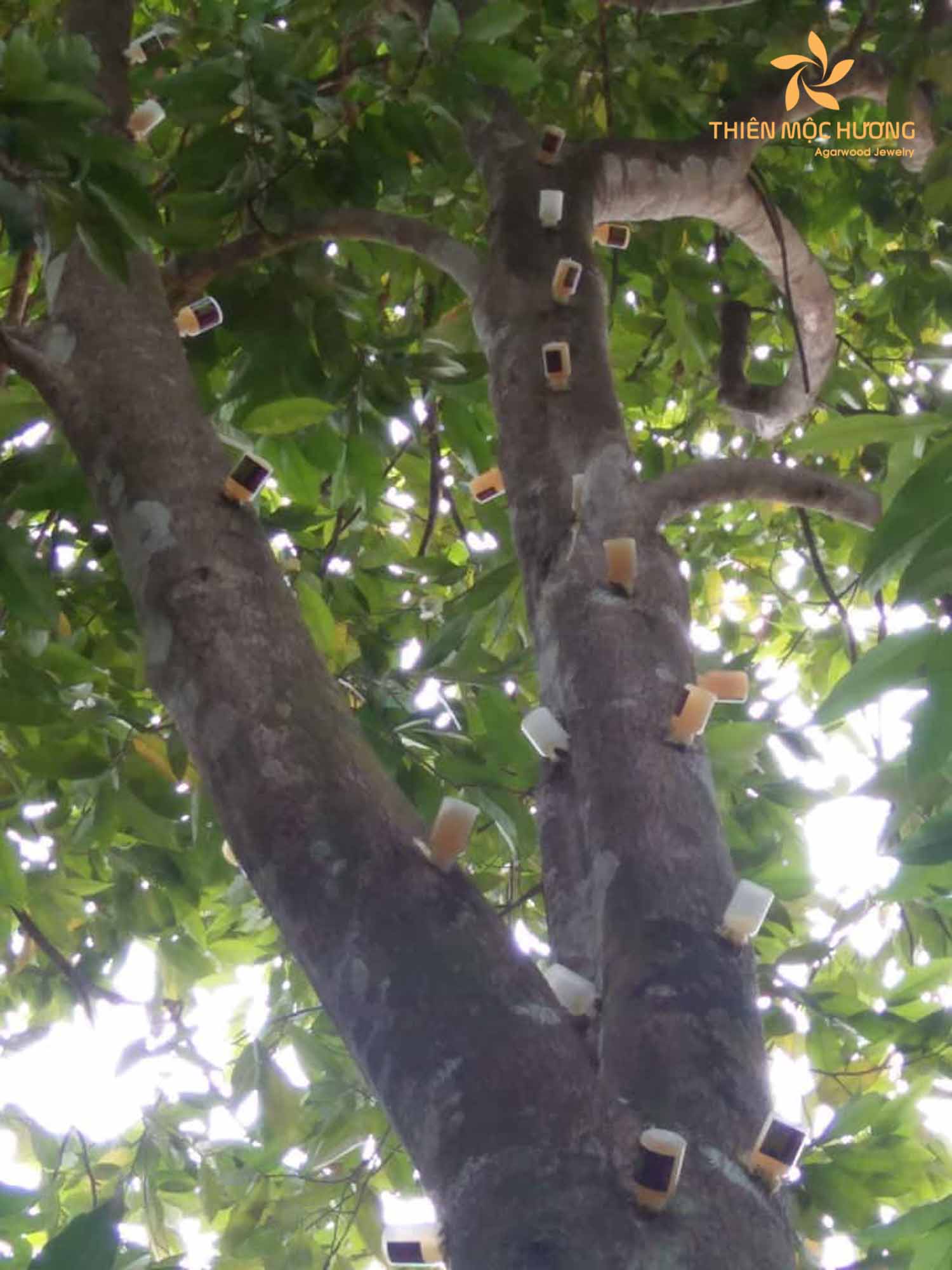
The development of resinous heartwood is a gradual and intricate process, taking several years to complete. During this time, the agarwood tree undergoes a remarkable transformation, with the heartwood becoming denser and darker in color.
It’s important to note that not all agarwood trees naturally develop resinous heartwood. In fact, it is estimated that only a small percentage of agarwood trees possess the genetic predisposition to produce this prized heartwood. This rarity contributes to the high value and desirability of agarwood and its products.
IV. Premium value of Agarwood and Global trade
First-class Agarwood has a very high value. The market offers a wide range of goods in various grades, depending on the buyer’s location and cultural upbringing. For thousands of years, agarwood has been dubbed the “Wood of the Gods”. Grade one agarwood can cost up to $100,000 per kilogram, making it one of the most expensive raw materials in the world. Besides, Vietnam lists Aquilaria as a critically endangered species, and the International Conservation Union, IUCN, lists A.malaccensis as vulnerable.
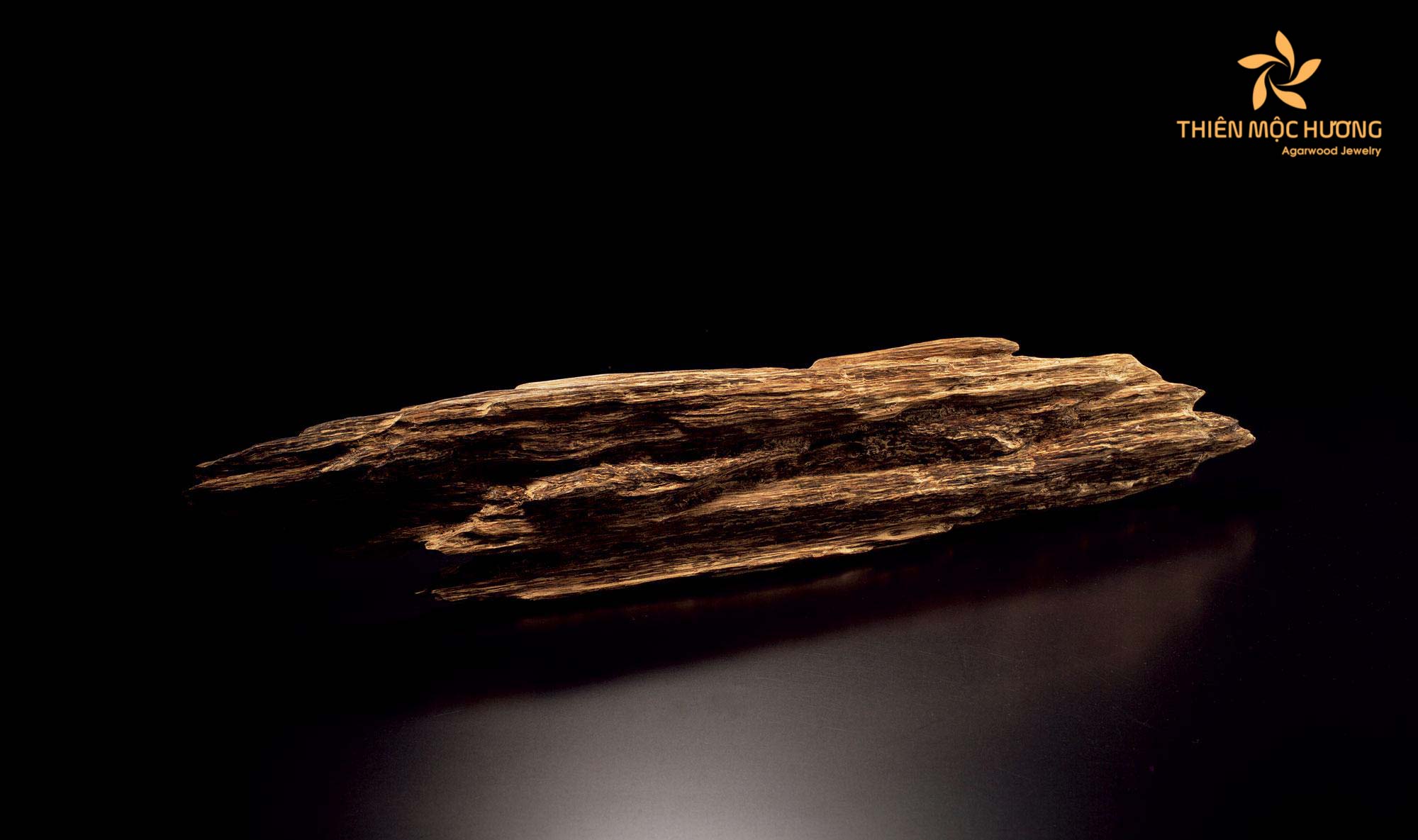
The global trade of agarwood has witnessed significant growth in recent years, driven by the high demand for its aromatic properties and cultural significance. Let’s delve into the dynamics of this thriving industry and explore the factors influencing the global trade of agarwood.
In terms of regional trade, Southeast Asian countries, such as Vietnam, Malaysia, and Indonesia, have traditionally been key players in agarwood production. These countries boast favorable climatic conditions for agarwood tree cultivation and have a long-standing cultural association with agarwood.
V. What is agarwood good for?
There are several uses for agarwood. It is mild, spicy, and warm, and it can help with aches and pains, shortness of breath, and vomiting. Agarwood is therefore commonly utilized in oriental medicine. Agarwood is also thought to have spiritual properties, to fight off evil, and to bring good fortune.
1. Medical healthcare
Because of its mild aroma, agarwood powder is turned into scented bags or used as a pillow gut. It is beneficial in alleviating headaches, depression, and aiding the sense of ease and relaxation. Agarwood is also used to cure illnesses in little children.
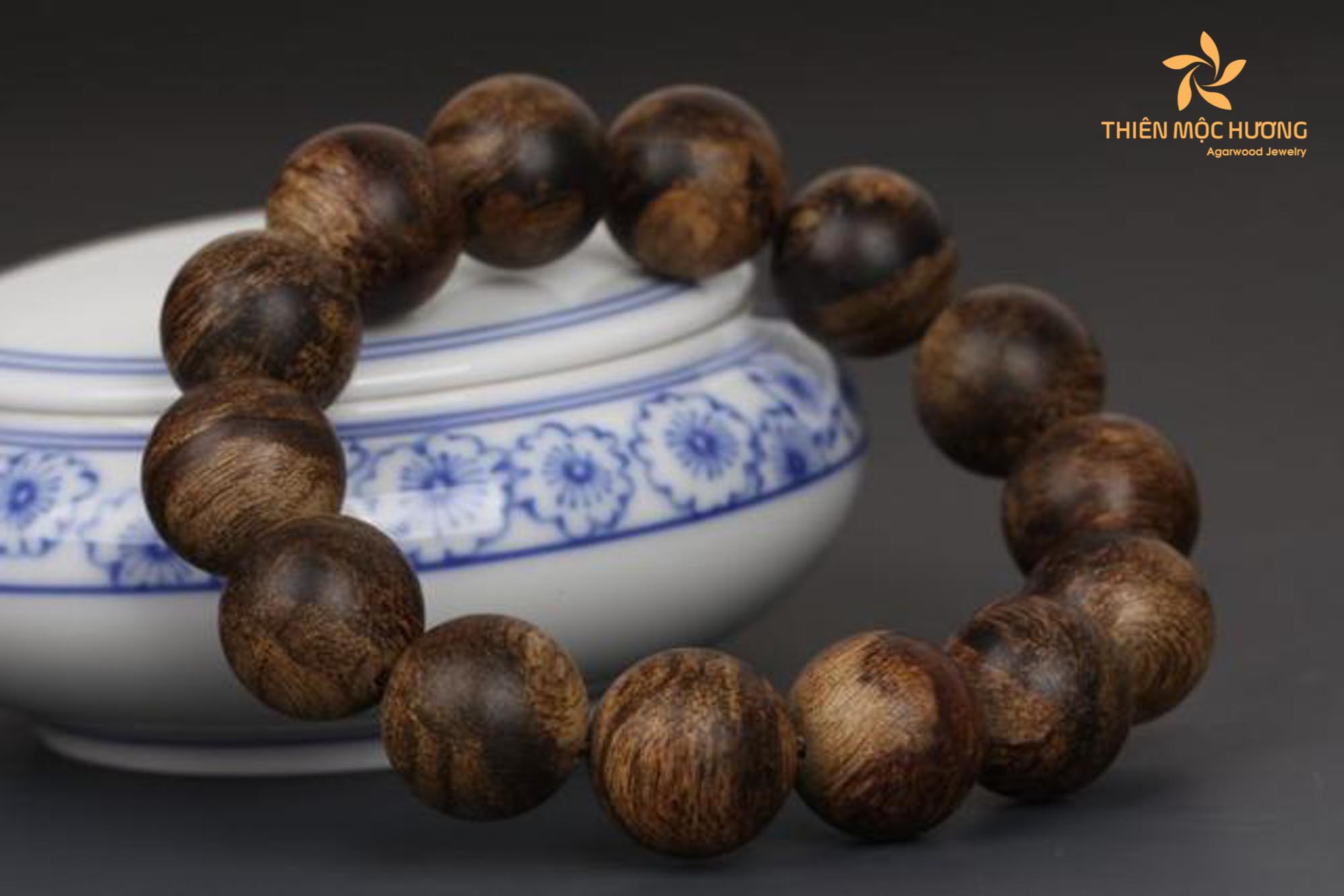
Agarwood tree has been used in Oriental medicine to support the heart, particularly in those suffering from dyspnea or heart failure. Agarwood is also used to cure kidneys, as a tonic, and to keep the body warm. Drinking Agarwood tea helps to detoxify the body; do not be concerned about getting heated.
2. Frankincense essential oil
A “golden formula” for treating sore throat, cough, hoarseness, runny nose, and other symptoms is to dissolve a few drops of essential oil in a cup of warm water and stir. Furthermore, the use of essential oils promotes a better digestive tract, reducing intestinal “enemies” such as stomach ache, diarrhea, and so on.
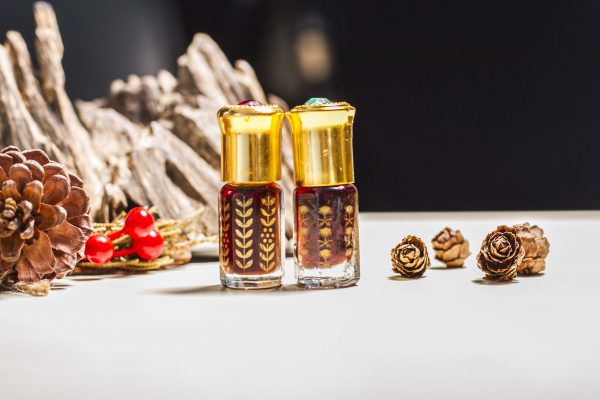
Furthermore, the usage of essential oils in the home is good for theto the respiratory system. Agarwood essential oil has the potential to fight viruses in the air, clean the airway, create fresh air, and eliminate the need to worry about the flu.
3. Soaked wine
Soaking alcohol is one of Agarwood‘s most unusual applications. Frankincense alcohol has a tonic effect on the kidneys, creates a good atmosphere, calms the mind, and warms the body. Furthermore, Tram Huong alcohol can help with chest pain, vomiting, and asthma. Use no more than one tiny glass of alcohol every day for optimal results.
4. Artistic Uses
Agarwood jewelry products become fashionable, causing many ladies to go insane. The most unique product is the Agarwood Bracelet, which comes in a variety of styles and charms to accommodate a wide range of tastes. Agarwood bracelets exude elegance and status, but not solely because of their expensive price. Those who wear the bracelet will encounter fortuitous events and gain financial and health blessings.
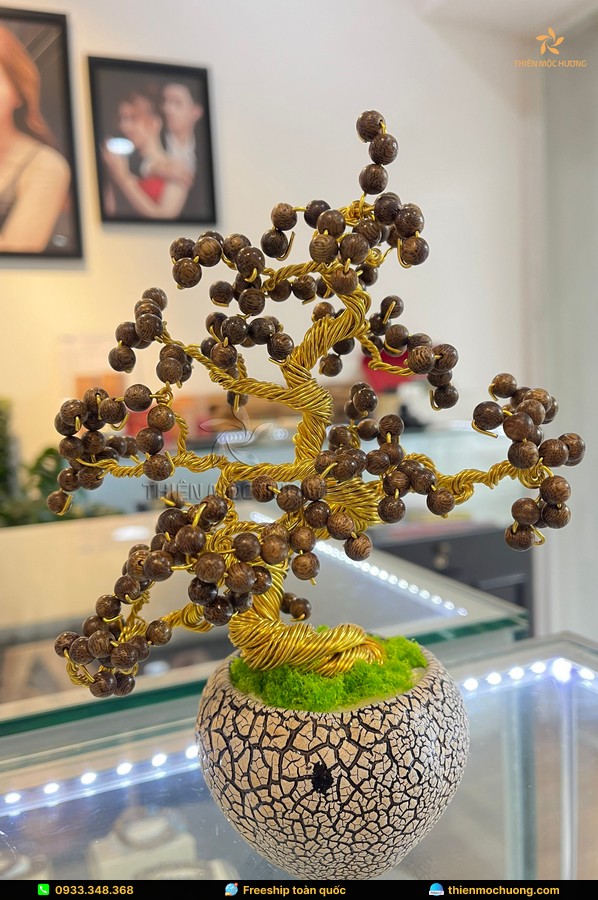
5. Feng shui
Agarwood tree is a guardian in feng shui, assisting its owner in warding off evil spirits and omens. Feng shui products that provide luck, fortune, and good fortune should be used. Agarwood ornamental objects are placed in the house, on the desk, with the meaning of “curing the evil” for its owners.
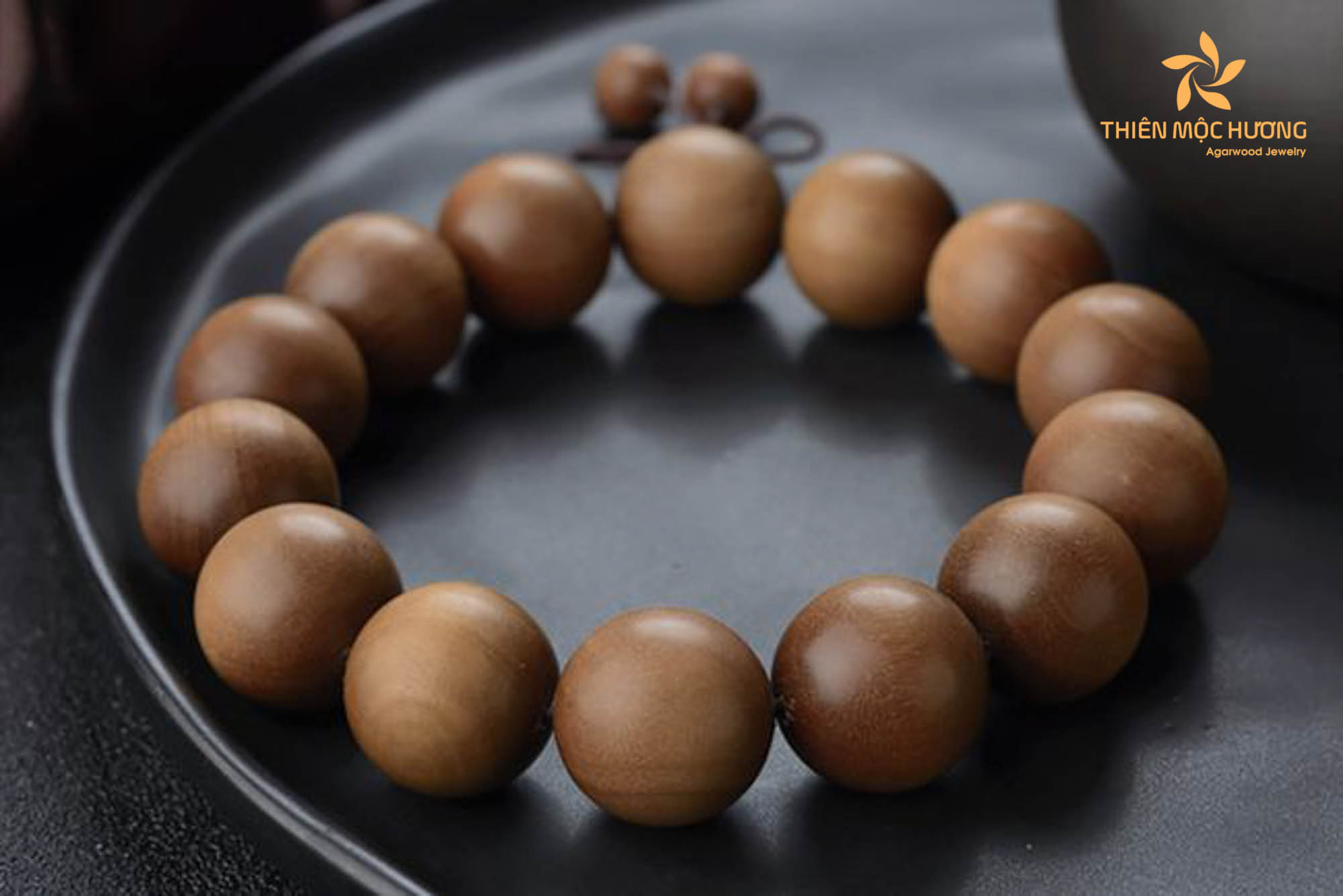
6. Religious meditation
According to Oriental Medicine, frankincense is moderate, aromatic, and spicy; it has a warming effect on the meridians, spleen, and taste; it is analgesic and sedative. Agarwood is particularly useful in the treatment of chest pain, shortness of breath, asthma, abdominal pain, vomiting, hiccups, renal damage, and urine retention. Agarwood is widely used in the treatment of headaches and nervous stress.
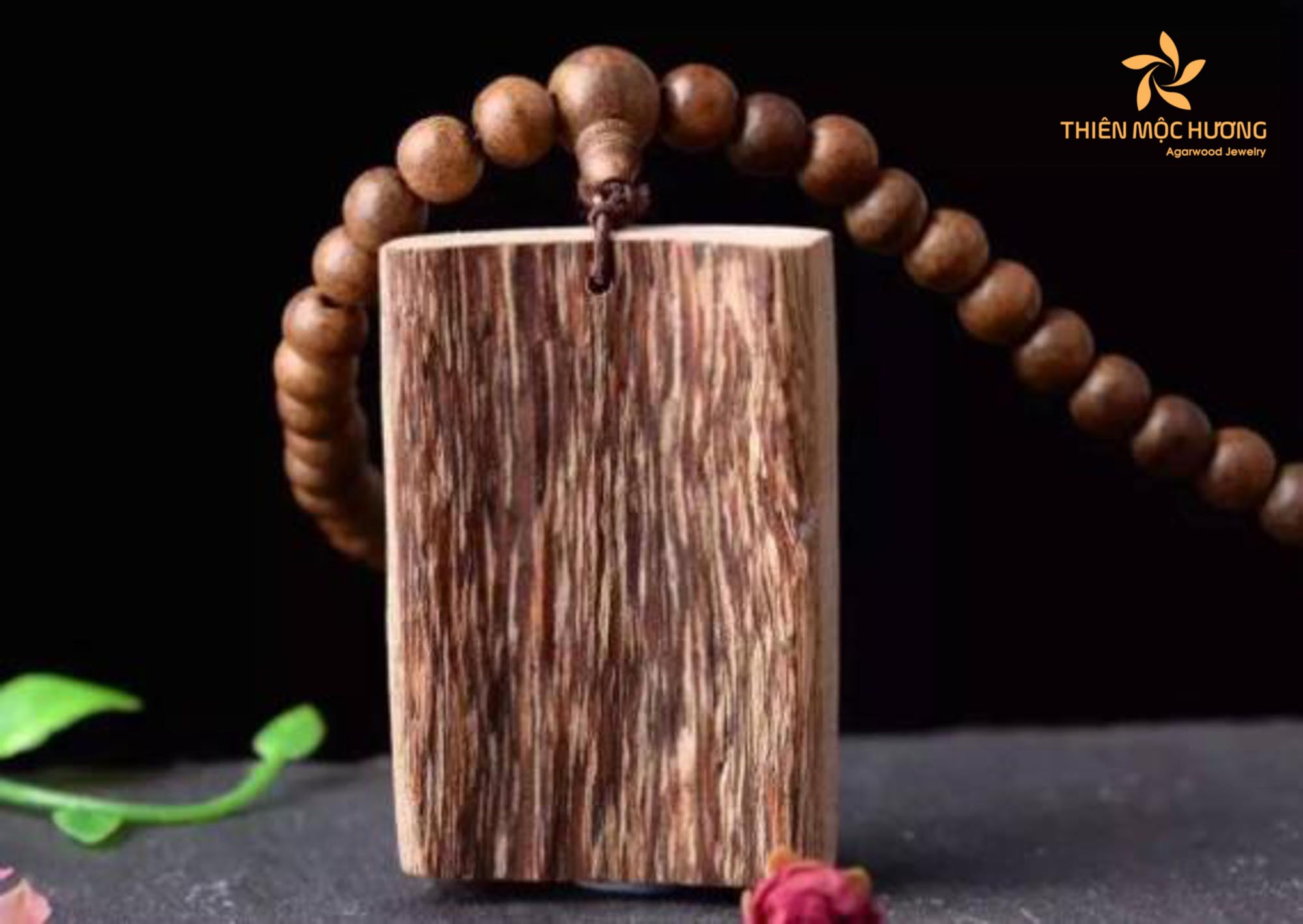
Because the uses of agarwood are concentrated in essential oils, it is frequently employed in powder form, not in sharp, but in many other herbs. Agarwood tree is used in a variety of traditional medicines. Some instances are as follows:
- Treatment for constipation, vomiting, and stomach pain: 5g finely chopped frankincense and cardamom, fine flour sieve, divided into 10 sachets Every day, adults consume 3-4 packages; older children consume 2 packs; and youngsters consume 1 pack. Pour the medicine into a cup of hot water, swirl well, and consume.
- Asthma treatment: 2g frankincense, 3g rosemary leaf powdered, fine sieve, drink before bed.
To treat intense emotions that produce shortness of breath, take agarwood powder and ginseng (every 2 minutes), break with a cup of hot water for 10 minutes, and drink water. In the case of intense emotions, air rising producing breathing difficulties, this remedy is highly useful.
VI. Different types of Agarwood
How many kinds of agarwood are there, and how are they categorized?
1. Ky Nam
Ky Nam considered a commodity that is even more precious than gold. It is the rotten part of the aquilaria tree which is somewhat soft. This agarwood contains a high amount of essential oil. Like agarwood, Ky Nam is salty, bitter, and spicy in flavor and offers a sweet aftertaste. Due to its rareness, it is significantly expensive given that its price can occasionally amount to over millions of dollars.
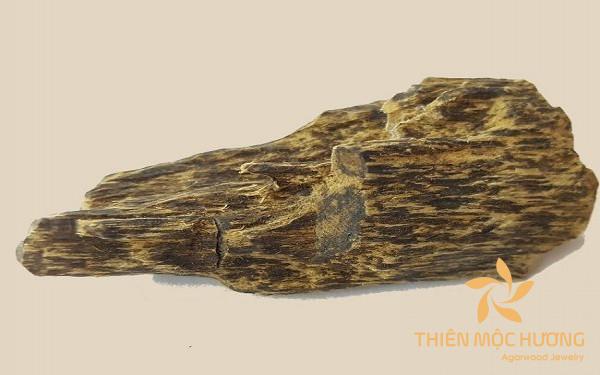
Ky Nam agarwood is divided into four types whose value differs in the following color order:
- White Ky Nam: As the most valuable of all, White Ky Nam is either ivory white or grayish.
- Green Ky Nam: Light, shiny green in color is what makes Green Ky Nam look stunning.
- Yellow Ky Nam: The color of this Ky Nam is either yellowish or brownish-yellow depending on the oil accumulation years.
- Black Ky Nam: As the name infers, Black Ky Nam is indigo, tar black.
2. Root Agarwood
As a type of agarwood originating from the sunken root of the aquilaria tree. Root Agarwood is relatively similar to Ky Nam. But it still considered lower in value than Ky Nam. That being said, root agarwood is quite expensive since it is difficult to find. This is why it is rarely found being put on sale in the general market. But rather being exchanged hand to hand between agarwood experts.
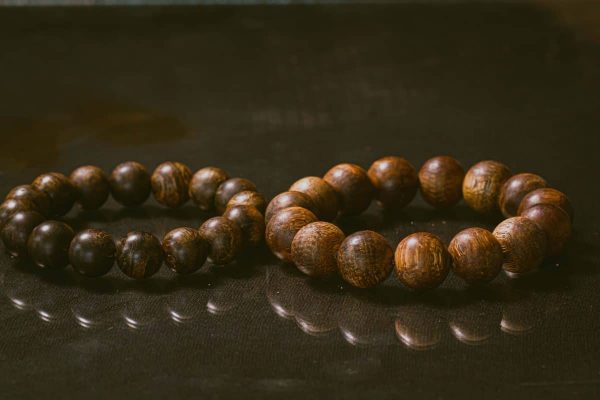
3. Ant Agarwood
What is Ant Agarwood? As odd as the name may sound, ant agarwood is one of the natural types of agarwood. Created from the wounds caused by numerous ants drilling in the aquilaria tree. Ant agarwood is more accessible to harness than the ones mentioned above. Still, its amount of essential oil is not as much as that of the others. This explains the more affordable price of Ant Agarwood on the general market.
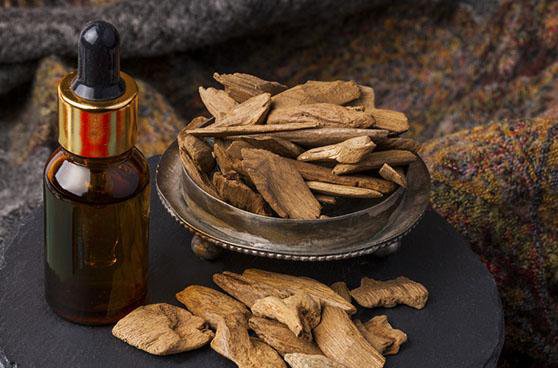
Some particular types of Ant agarwood are Green Ant, Needle Ant, Wall Ant, Spikey Ant, Hole Ant,…
4. Toc Agarwood
As the more common type of agarwood on the general market. Toc agarwood is frequently used to make agarwood bracelets. This agarwood costs from hundreds to thousands of dollars. It depend on the amount of essential oil it has accumulated.
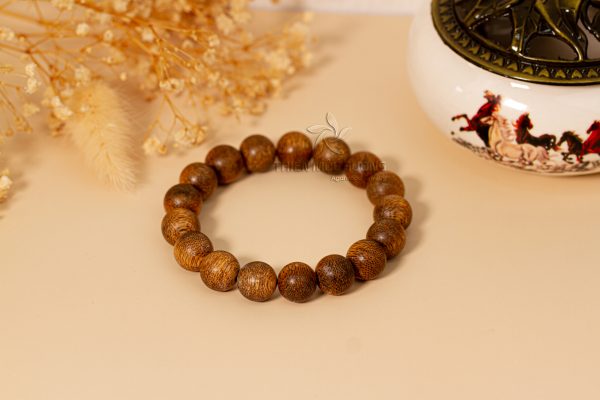
Toc agarwood is divided into four main types: Toc Dia, Toc Day, Toc Huong, and Toc Pi. Arranged according to their price in decreasing order. Each type has its own unique features and colors:
- Toc Dia (Leech Toc): The Toc agarwood with the highest amount of essential oil. The amount of oil runs along the wood grain, looking like a leech. Hence the people gave it the appropriate name.
- Toc Day (String Toc): The amount of oil intertwined makes up many rings along the wood grain. The essential oil rings are round in shape. That is long like a string wrapped around the agarwood.
- Toc Huong: Despite having less essential oil than the Toc types mentioned above. Besides, Toc Huong offers a much more unique and significant fragrance.
- Toc Pi: Toc Pi has thin essential oil surrounding the wood grain. Especially, the oil is a pyramid or large cylinder in shape.
VII. Types of agarwood based on origin
1. Indian Agarwood
Indian agarwood is one of the oldest and most revered types of agarwood, and it has a long history of use in religious rituals, medicine, and perfumery. It is also known as oudh or attar in Arabic and Persian languages, which means “fragrance” or “perfume oil”. Indian agarwood is derived from several species of Aquilaria trees that grow in different regions of India, such as Assam, Nagaland, Manipur, Meghalaya, and Kerala.
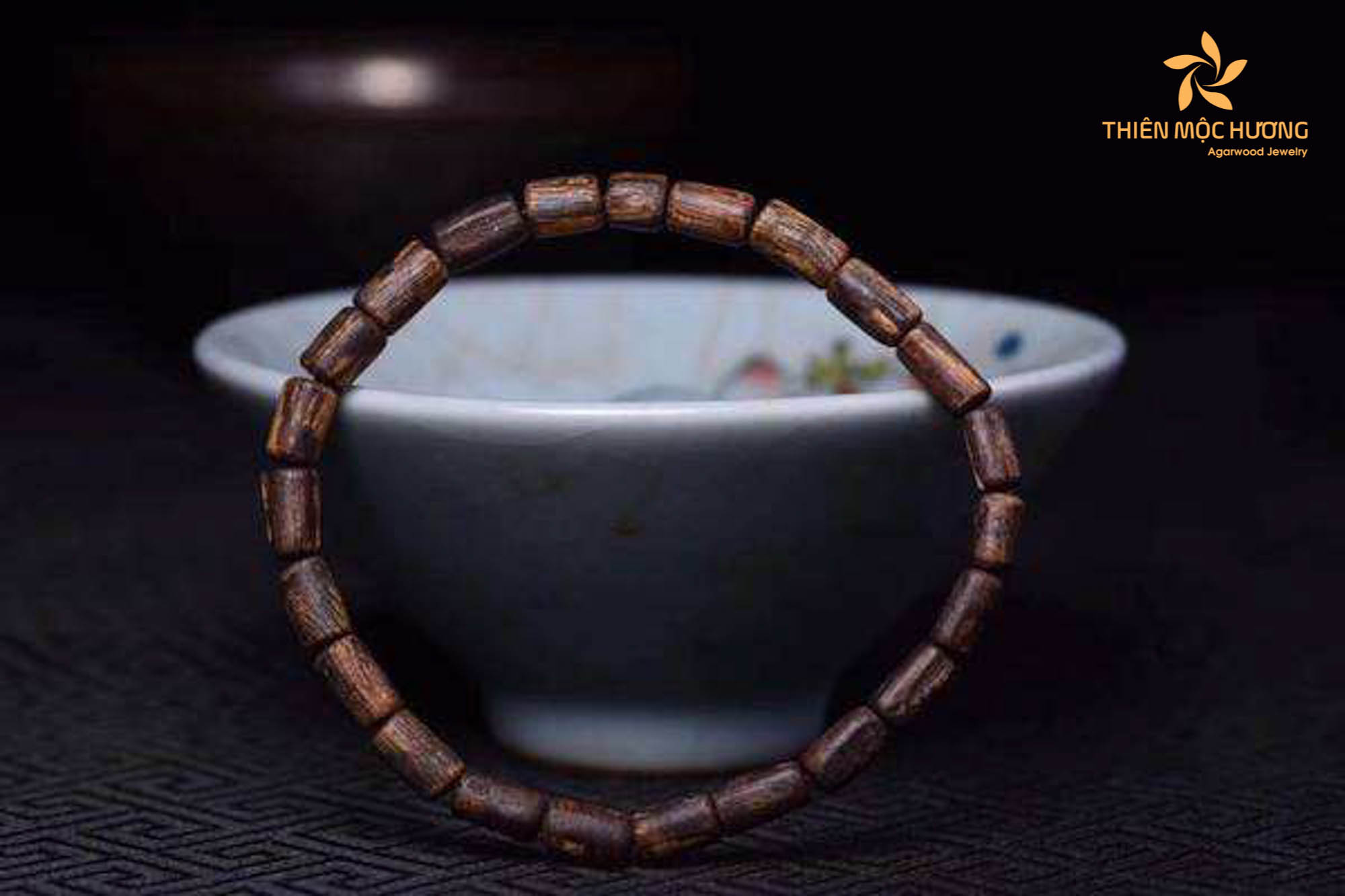
The appearance, aroma, and quality of Indian agarwood vary depending on the region, species, age, and infection level of the tree. Generally, Indian agarwood has a dark brown or black color, a rich and complex scent with notes of spice, wood, leather, and musk, and a high oil content that makes it valuable and long-lasting. Some of the most famous Indian agarwood products are attars (perfume oils), incense sticks, beads, and carvings.
2. Indonesian Agarwood
Indonesian agarwood is one of the most diverse and abundant types of agarwood, and it covers a wide range of islands, climates, and species. It is also known as gaharu in Indonesian and Malay languages, which means “fragrant wood”. Indonesian agarwood comes from several species of Aquilaria trees that grow in different islands of Indonesia, such as Sumatra, Java, Borneo, Sulawesi, and Papua.
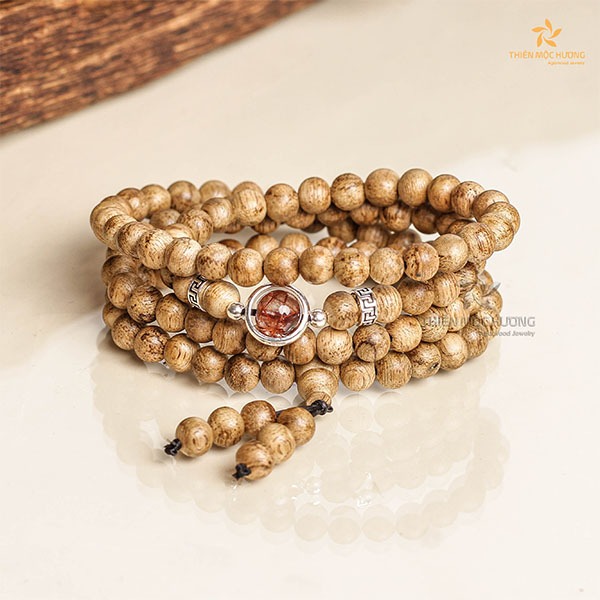
The island, species, age, and degree of infection of the tree all affect the appearance, smell, and quality of Indonesian agarwood. The majority of Indonesian agarwood is light brown or yellow in color, sweet and floral-scented with overtones of honey, fruits, and flowers, and somewhat oil-rich, making it reasonably priced and adaptable. The most well-known Indonesian agarwood goods are statues, tasbih (prayer beads), bakhoor (incense chips), and oudh (fragrance oil).
3. Vietnamese Agarwood
Vietnamese agarwood is one of the most rare and expensive types of agarwood, and it has a high demand in the international market. It is also known as trầm hương in Vietnamese language, which means “fragrant incense”. Vietnamese agarwood comes from a single species of Aquilaria tree that grows in the central highlands of Vietnam.
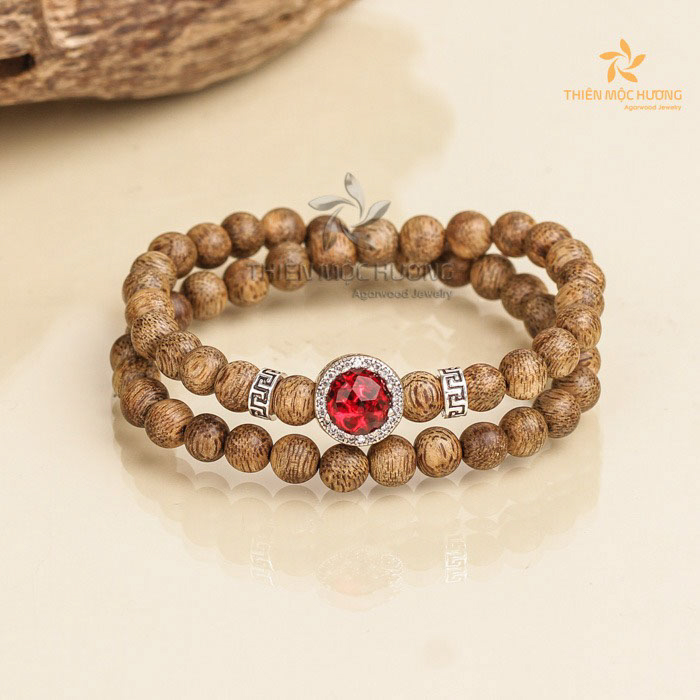
The appearance, smell and quality of Vietnamese agarwood are recognized by its dark color, aroma and texture. Vietnamese agarwood has a black or dark color, a sweet, woody aroma with notes of vanilla, caramel and chocolate, and a very high oil content that makes it rare and valuable. Some famous Vietnamese agarwood products are kinam (perfume oil), kyara (incense wood), tram huong (incense wood), and bracelets.
4. Chinese Agarwood
Chinese agarwood is one of the most ancient and mysterious types of agarwood, and it has a deep connection with Chinese culture, art, and philosophy. It is also known as chen xiang in Chinese language, which means “sinking fragrance”. Chinese agarwood comes from a single species of Aquilaria tree that grows in the southern provinces of China.
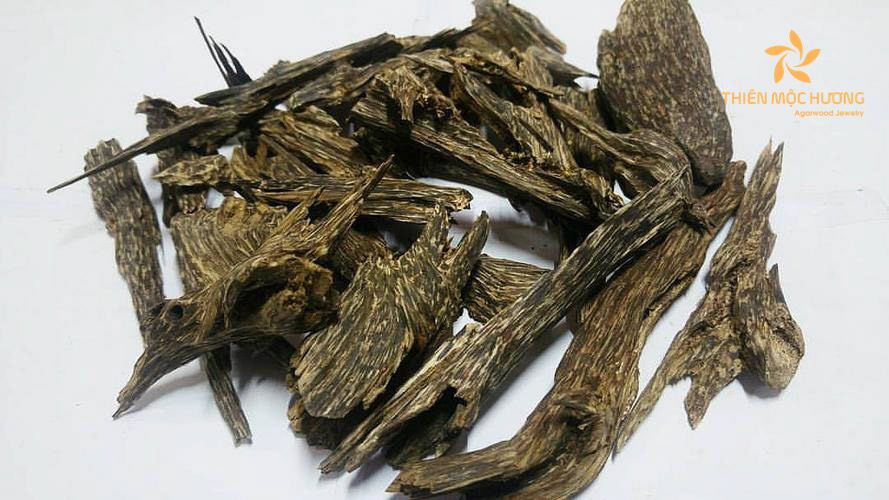
Chinese agarwood is distinguished by its light hue, flowery smell, and smooth texture in look, aroma, and quality. Chinese agarwood is beautiful and gentle with a light brown or beige hue, floral and herbal aroma that includes notes of rose, jasmine, and mint, and a low oil content. The most well-known Chinese agarwood goods are sculptures, guan yin zhu (prayer beads), jin koh (incense wood), and chen xiang (fragrance oil).
VIII. Extinction of Agarwood
Biology professor Phan Ke Loc in the article – Save endangered plants (1986) stated: “Some trees have special uses such as eucalyptus for wood for making incense, agarwood for men’s products and Agarwood has high export value. These are the two most brutally exploited tree species. For example, after being cut down, it also uses explosives to dig up roots; Agarwood is exploited at any age. People use knives or axes to cut along the trunk and roots to find agarwood. With such exploitation, no tree will give seeds and live, moreover, our forest habitat is also destroyed, so it is certain that precious trees will be destroyed in the not-too-distant future.”
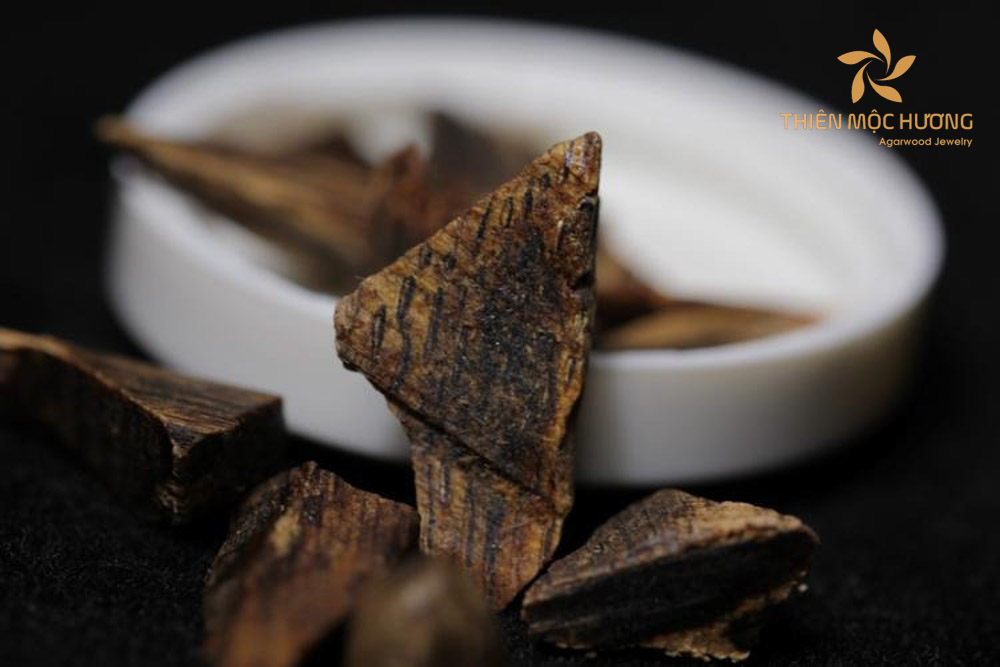
In fact, over the past half century, due to destruction by wars and indiscriminate cutting down, more than half of our country’s forest area has been destroyed. Currently, the forest continues to be lost. Losing forests means losing forest resources, including very rare specialties such as agarwood.
Massive exploitation of Agarwood for export in the last decades of the last century has made Agarwood trees in danger of extinction.
VIII. Thien Moc Huong – Reputable agarwood sale address
Formed in the 1980s, this is one of the first units to purchase and produce handicrafts and jewelry from the first agarwood in our country. After more than 40 years of continuous innovation and development, until now Thien Moc Huong has gained a firm foothold in the market. The brand’s products are present in 20 countries around the world. Not only that, this is also the first brand to award agarwood to international heads of state.
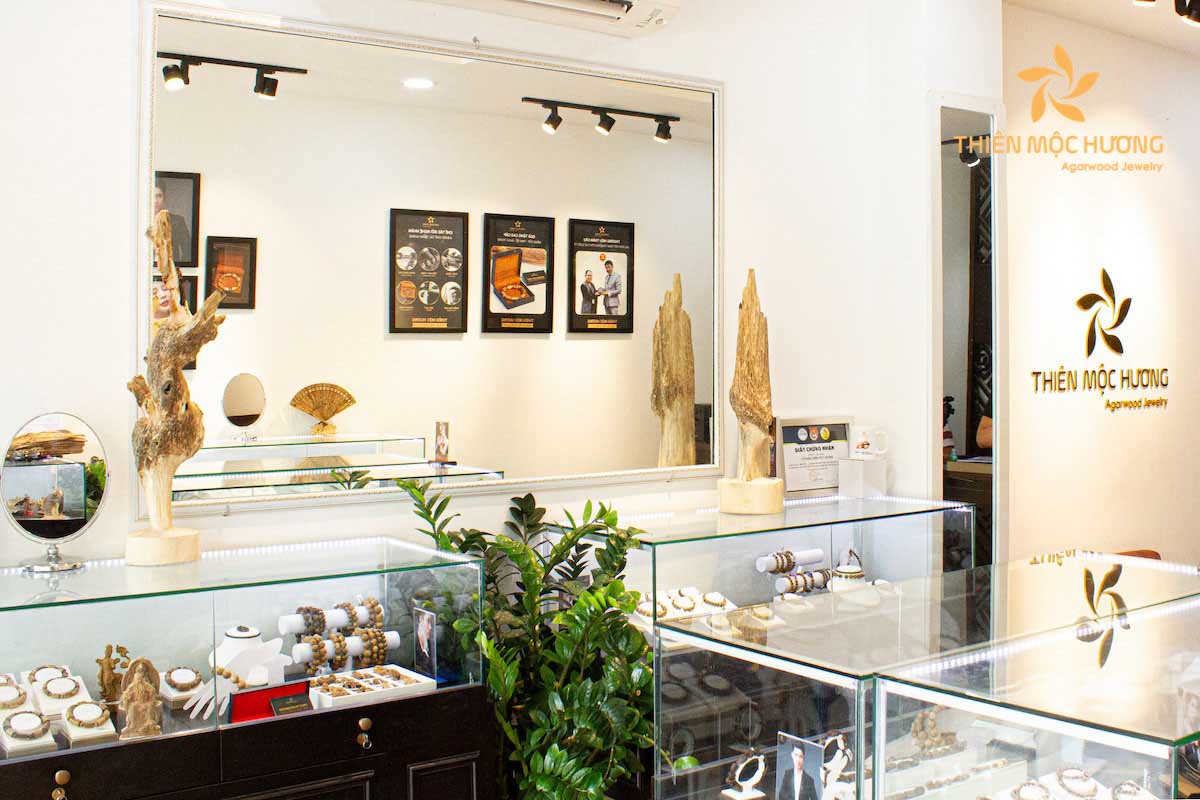
Thien Moc Huong offers a wide variety of products from agarwood to provide the most complete to all customer needs. Everything from burning incense sticks, agarwood bracelets, perfumes, essential oils to handicrafts… you can find and choose to buy at this address. Choose Thien Moc Huong, you will certainly not be disappointed.
Conclusion
We hope you understand what Agarwood is and why it is so interesting with all of the information provided. At Thien Moc Huong, you can get yourself the most premium. Especially high-quality agarwood at a super affordable price with the best service you can ask for.
(8850)
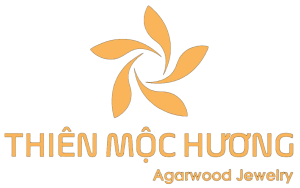

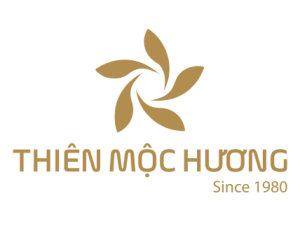
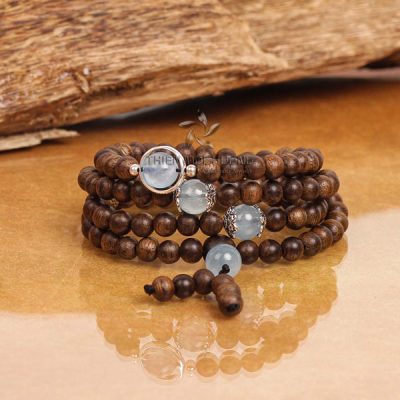
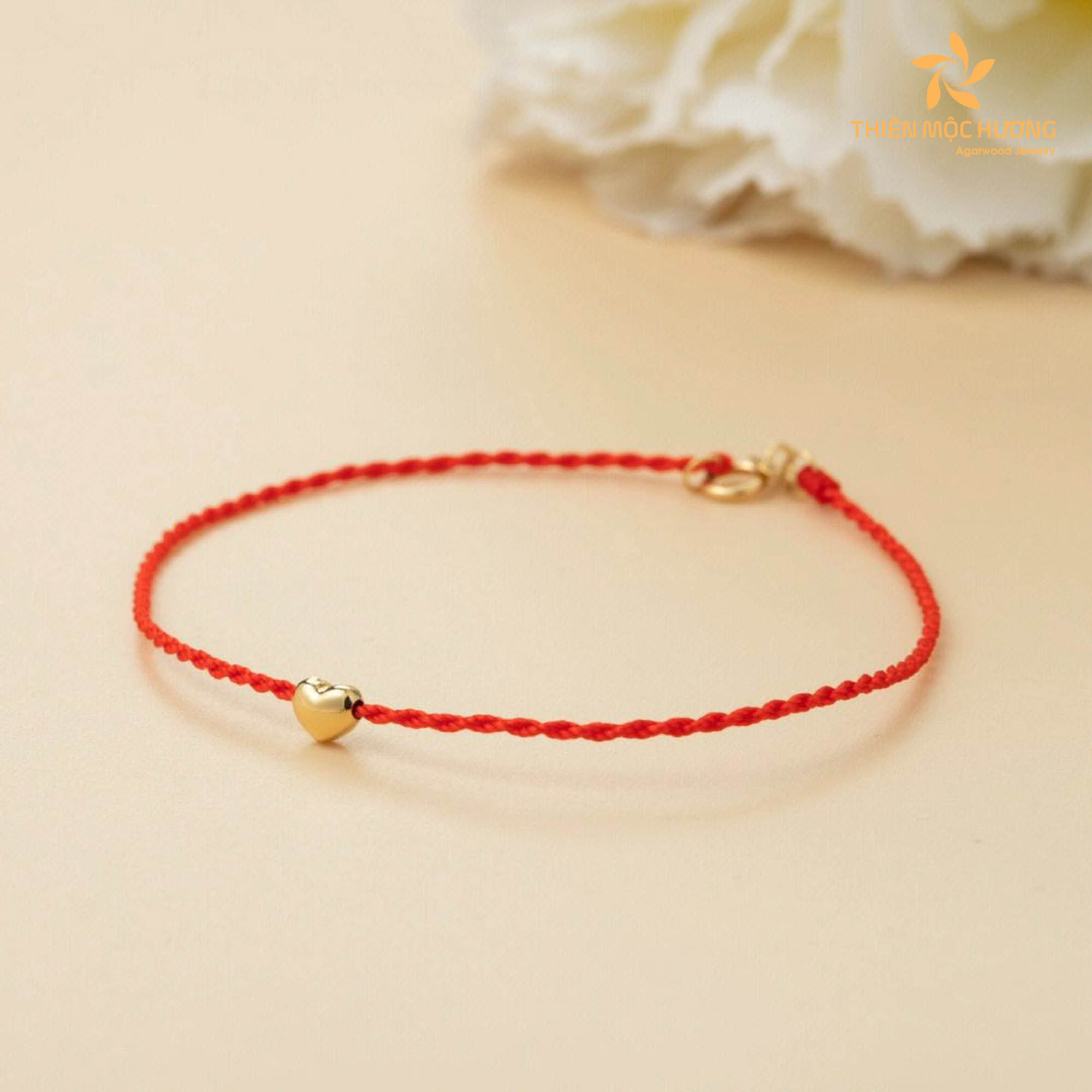
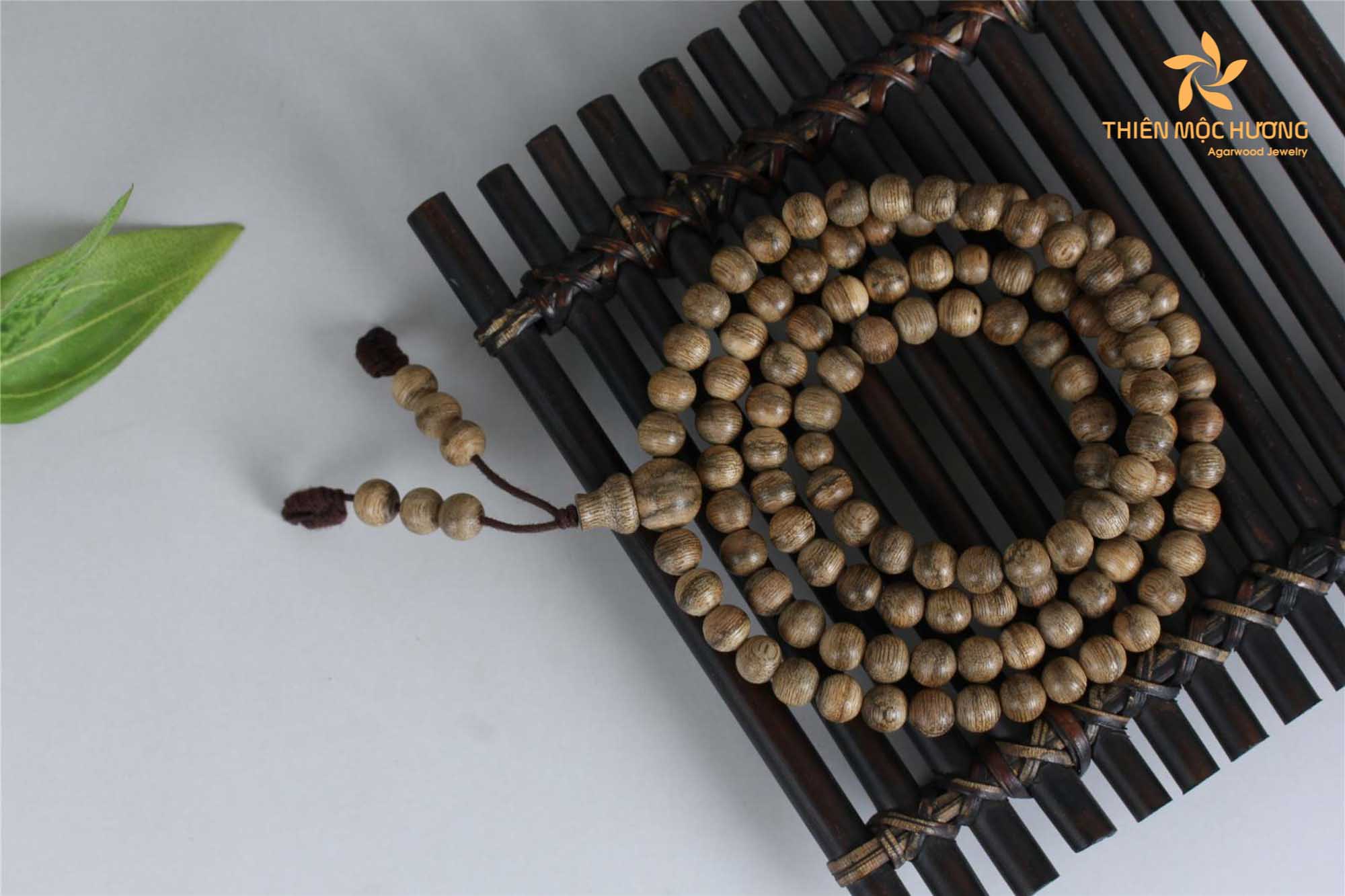
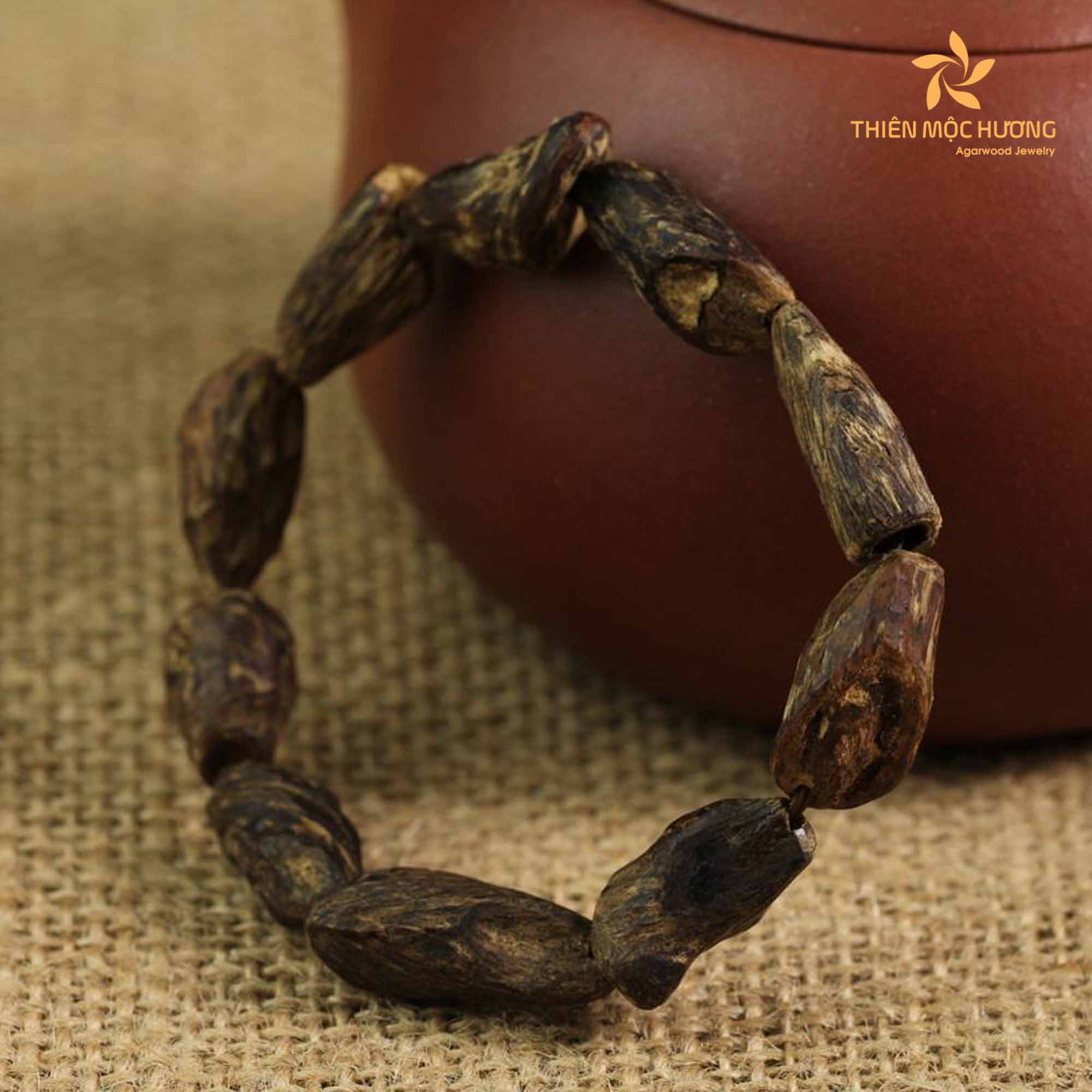
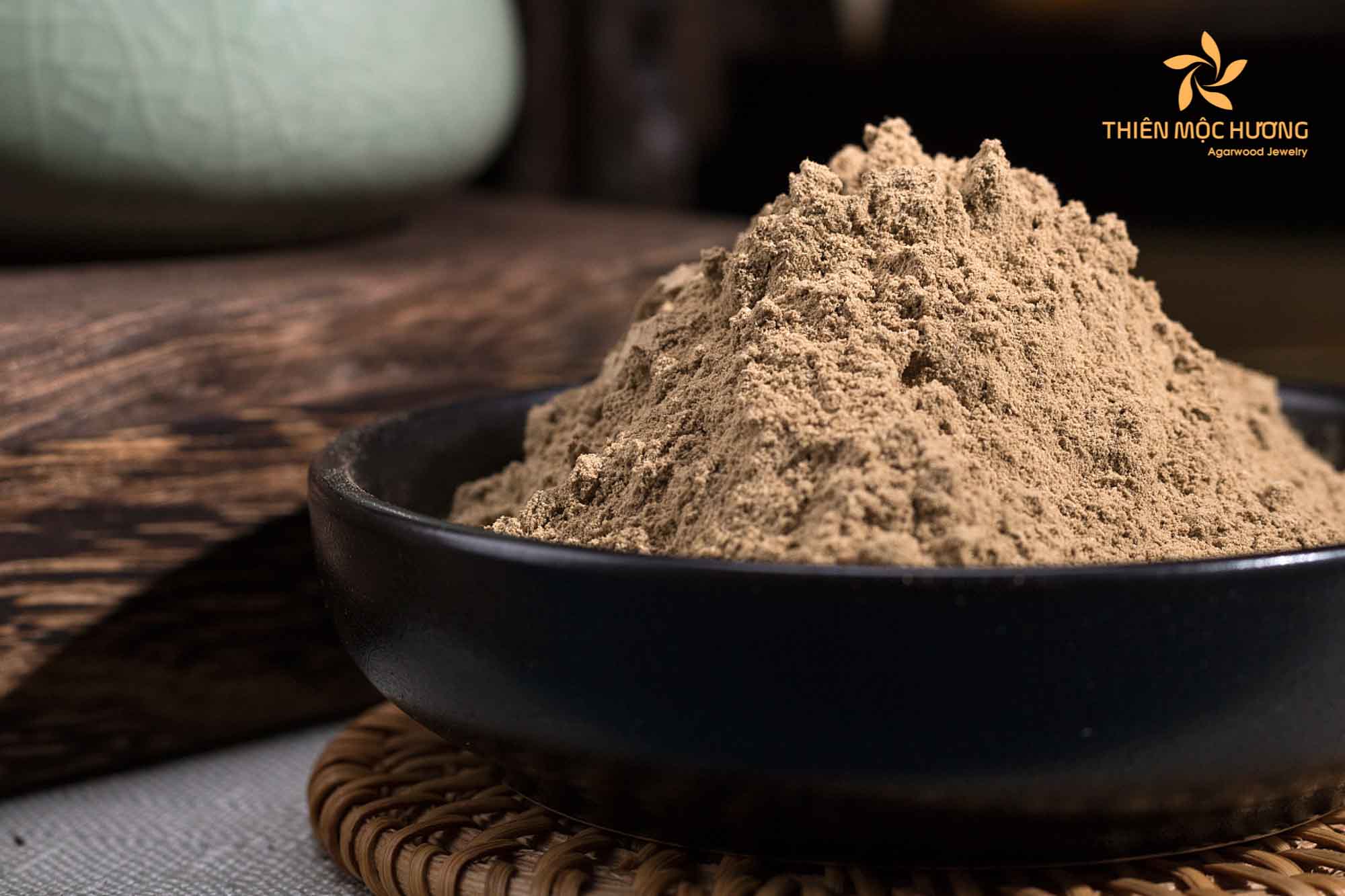

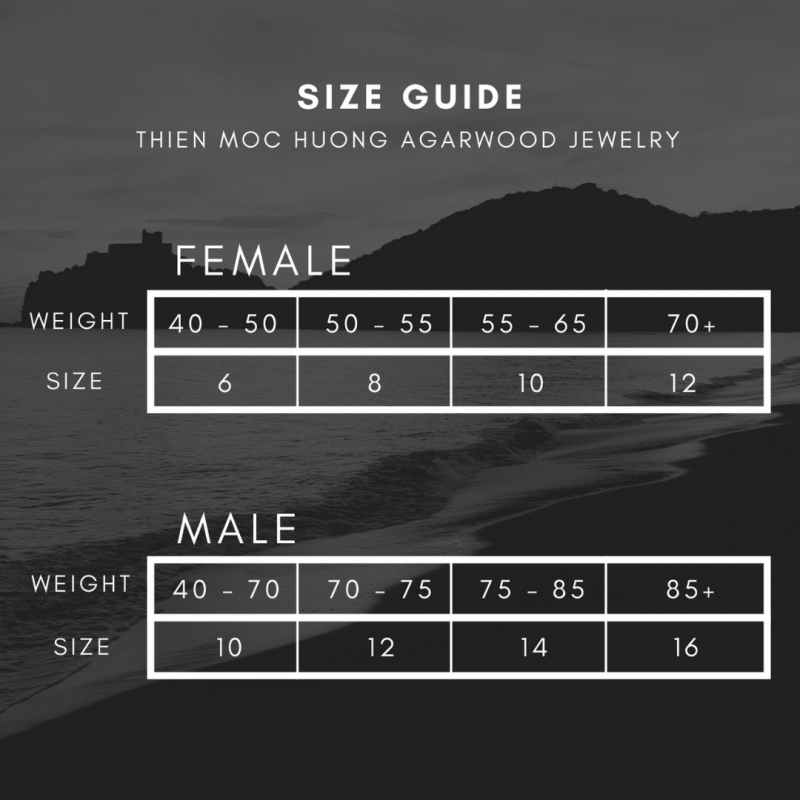
I appreciate you providing these wonderful samples and insights on agarwood. There is a wealth of useful knowledge available for growers and farmers.
Thank you for your interest in us, we will continue to provide useful information, follow us to update the latest articles!